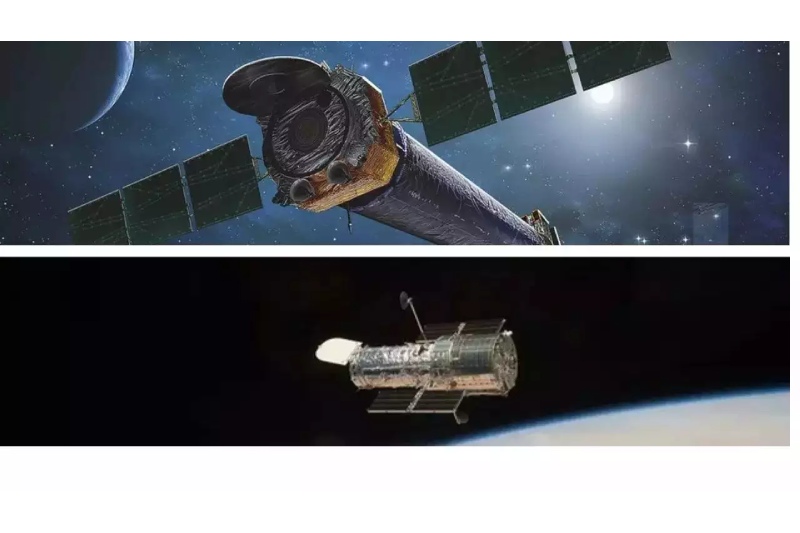Upon being launched from the payload bay of Space Shuttle Columbia in 1999, the Chandra X-ray Observatory began its mission. While it was only intended to last for five years, it has managed to complete twenty-four years of service and counting, offering essential science in conjunction with the Hubble Space Telescope, the other Great Observatory. All satellite telescopes, and Chandra in particular, appear to be in jeopardy as a result of NASA’s FY2025 budget, sadly. These are included in the broader FY2025 US budget, which increases NASA’s overall spending by 2% but not by enough to stop the agency from cutting back on space telescope operations.
NASA had already budgeted for this reduction in 2023, with cash going to the Nancy Grace Roman Space Telescope (which will launch in the infrared in 2027). Hubble’s budget will drop from 68.3 million USD in FY2023 to 41.4 million USD in FY2025, and from there it will reduce to 5.2 million USD by FY2029, eventually winding down the project and ending NASA’s flagship X-ray astronomy mission. However, since Hubble is a joint operation with ESA, any deficits might be caught this way. Not everyone is happy about this, and a website called Save Chandra has been created to ask the US government to save the observatory. It notes that it still has steady mission expenses and ten years of fuel left for its thrusters.
Similar to Hubble, Chandra has required multiple patches to be put back together and is now running long beyond its initial design life. Nevertheless, the loss of either would be devastating because they are both vital instruments for astronomy and related disciplines. Chandra’s science mission would finish, even though it would not be officially dismantled, and all that remained was the remote possibility of a future budgetary rebirth.
Topics #Budget for FY2025 #Shutdown Chandra X-ray










